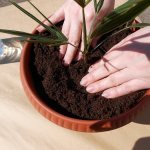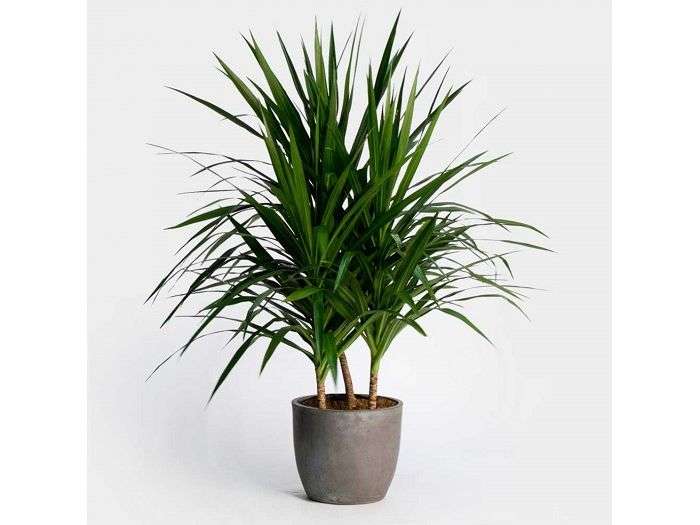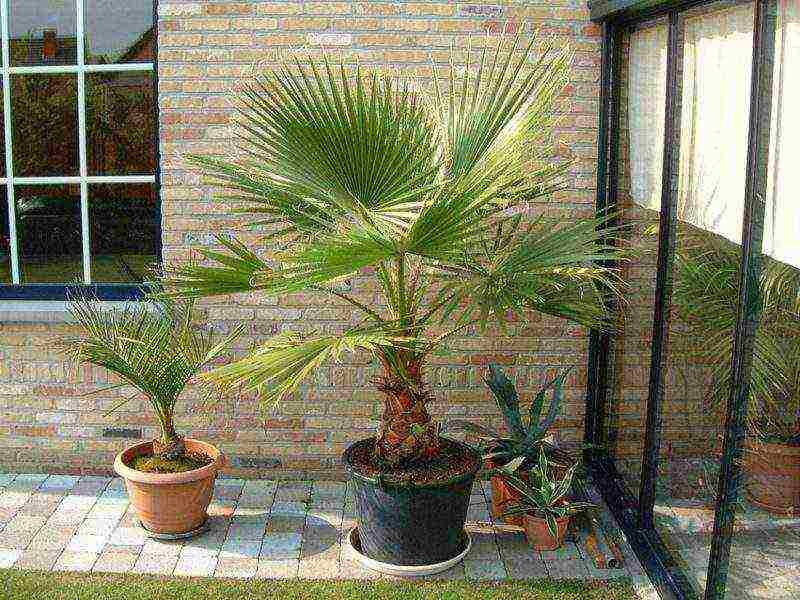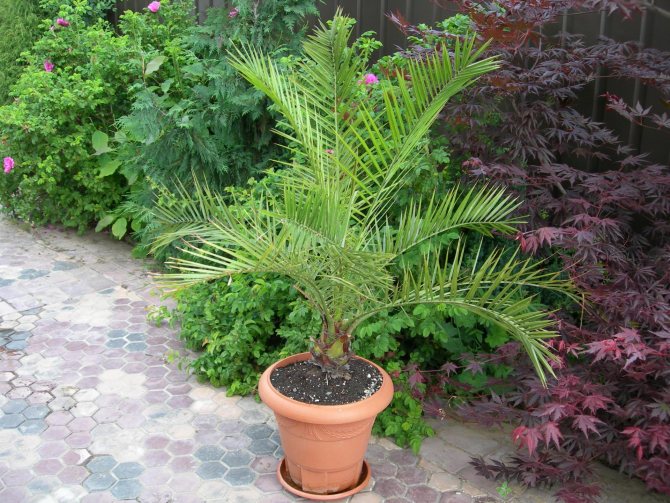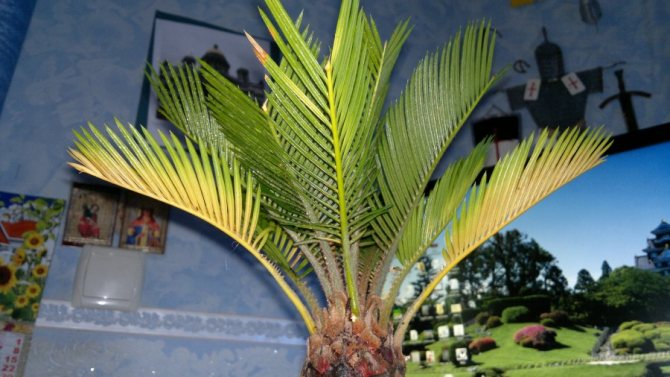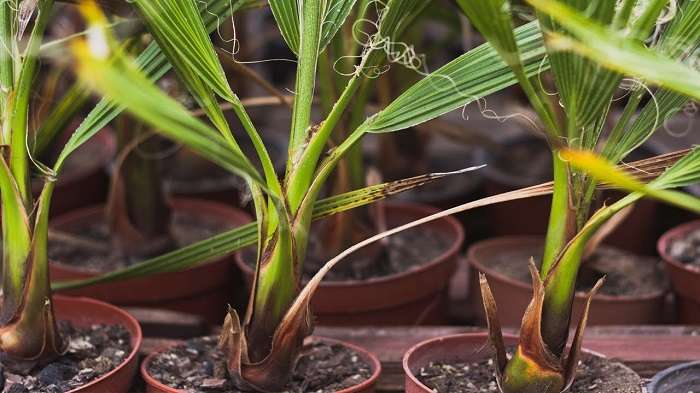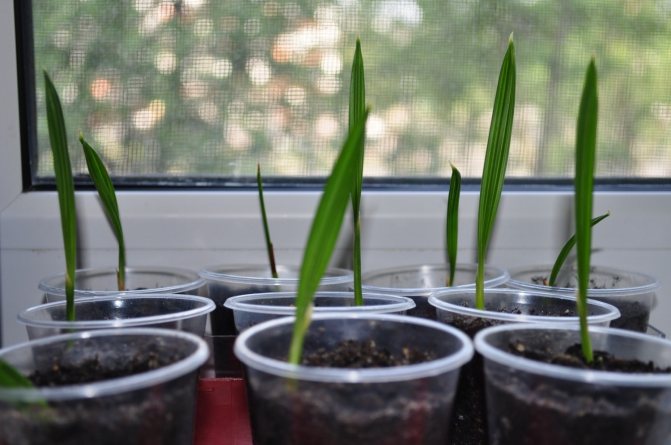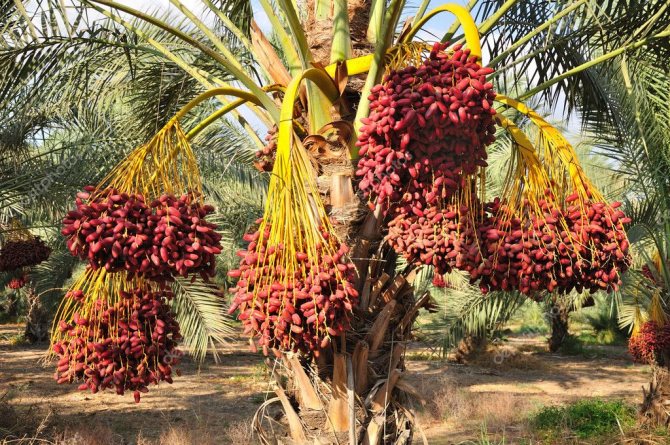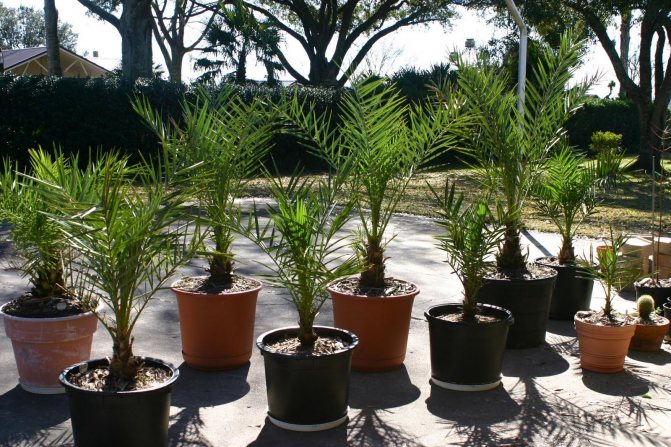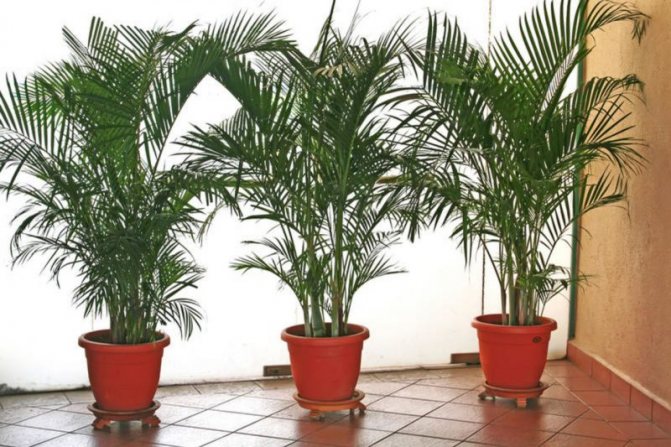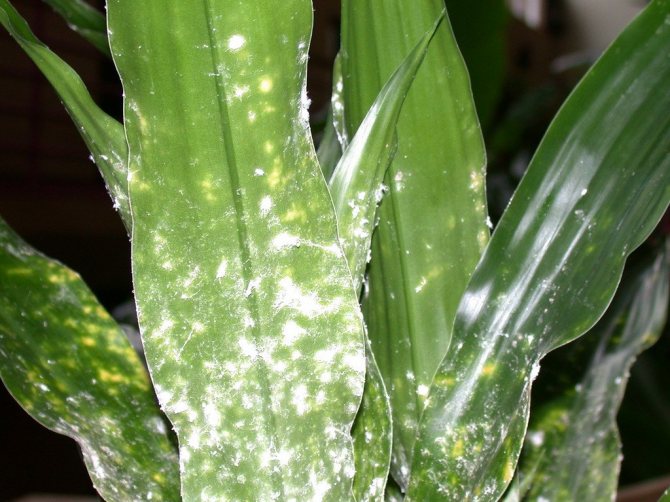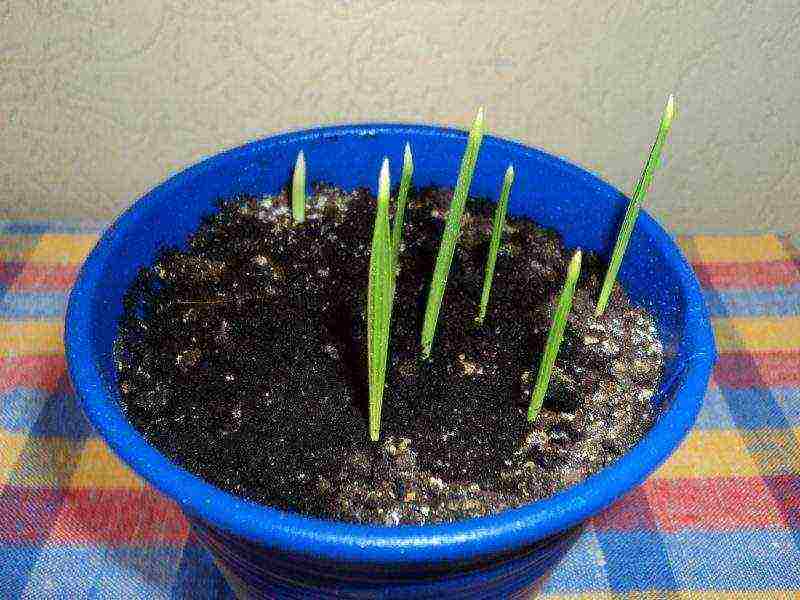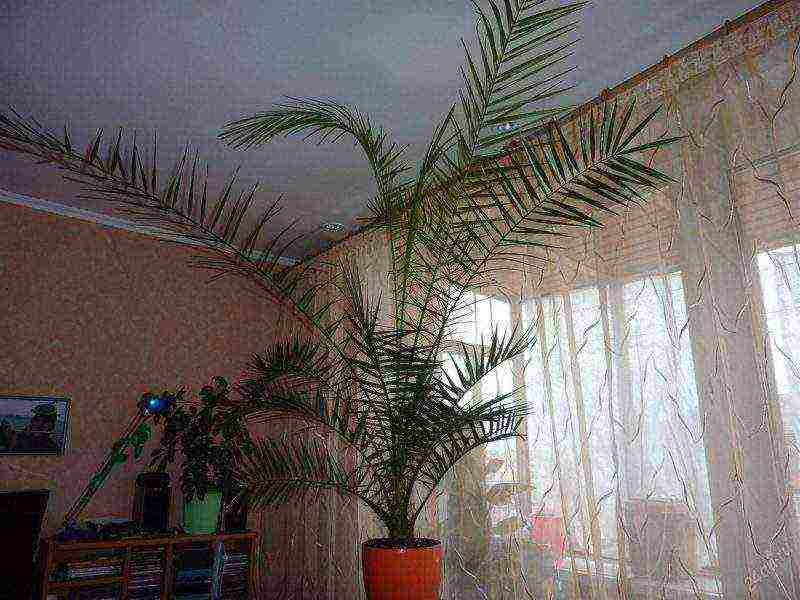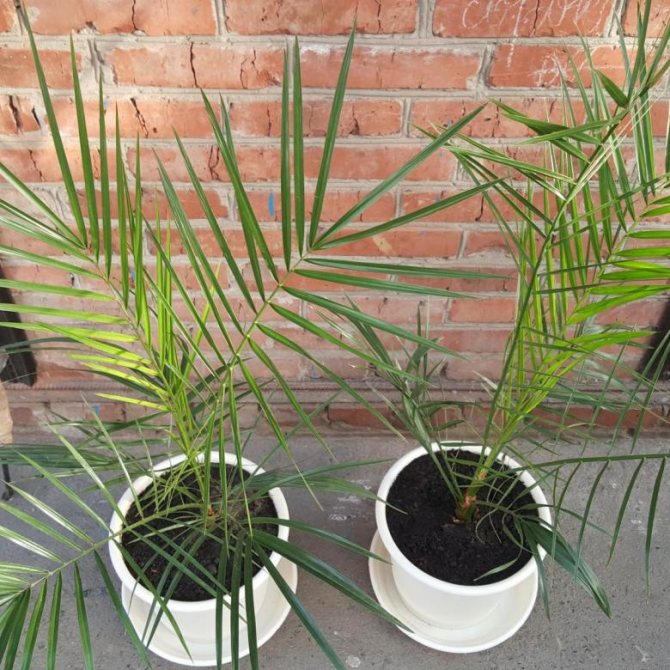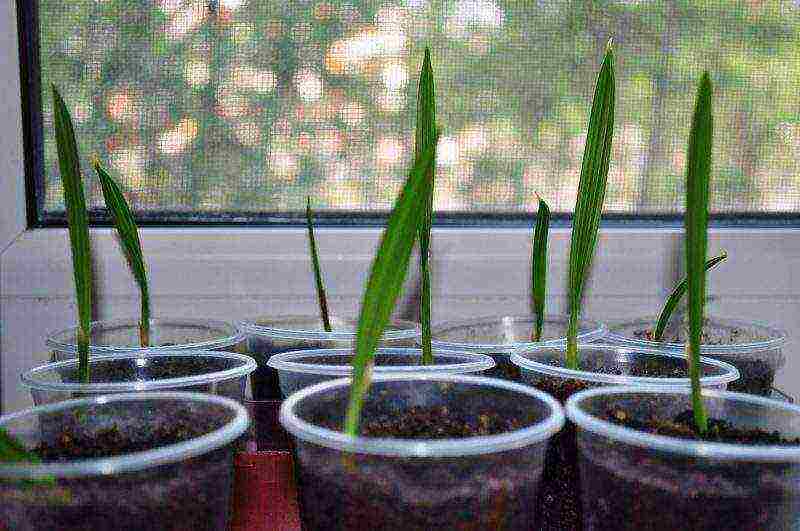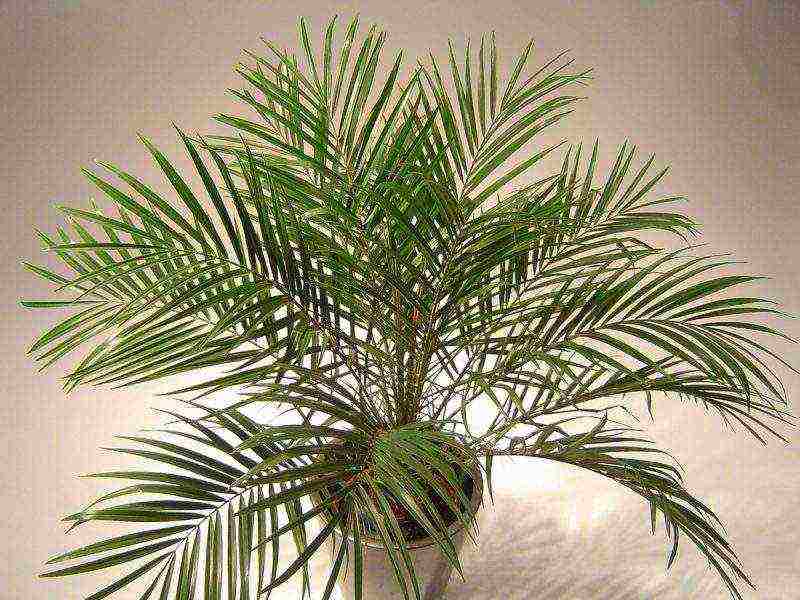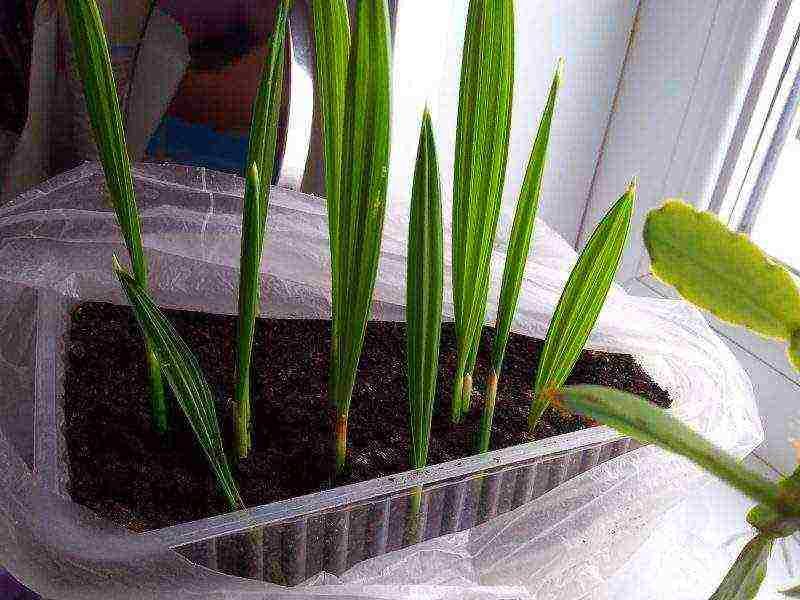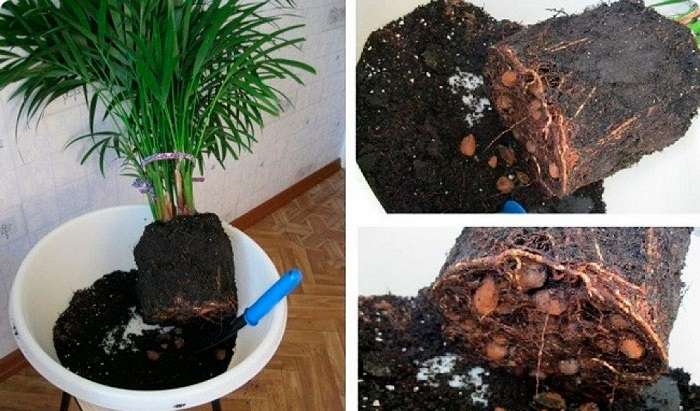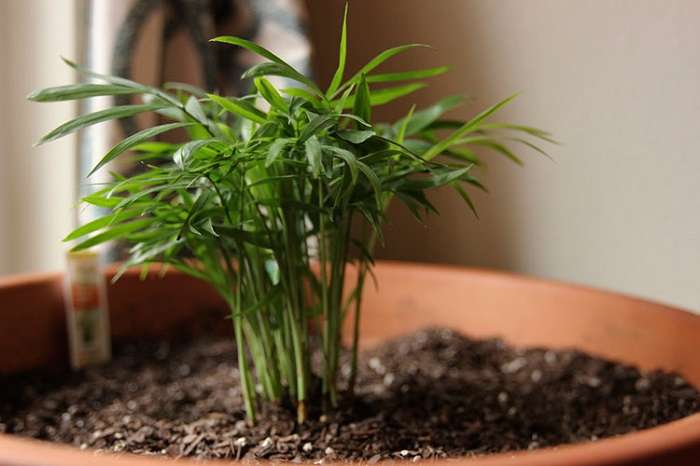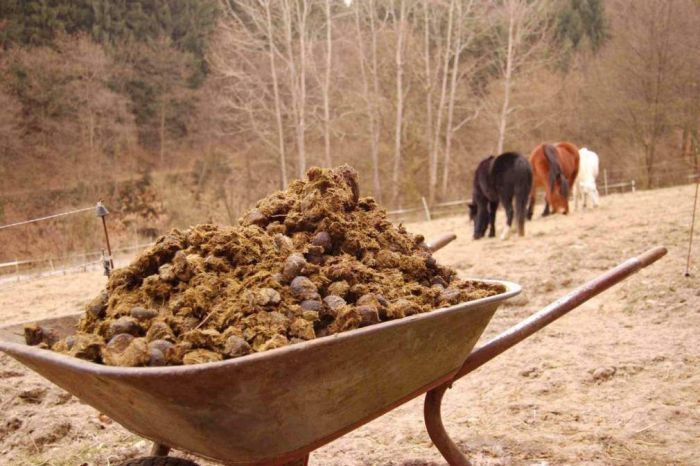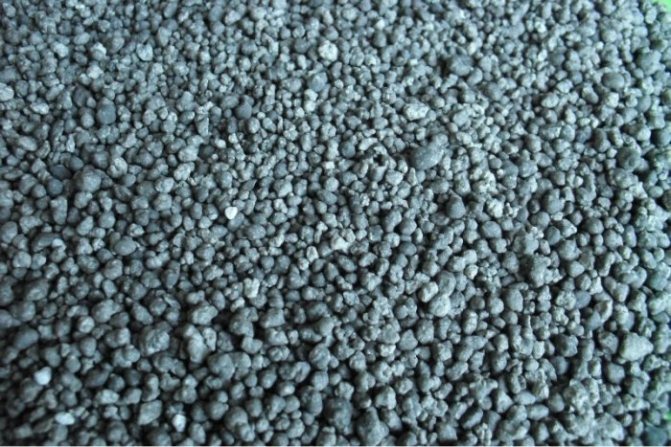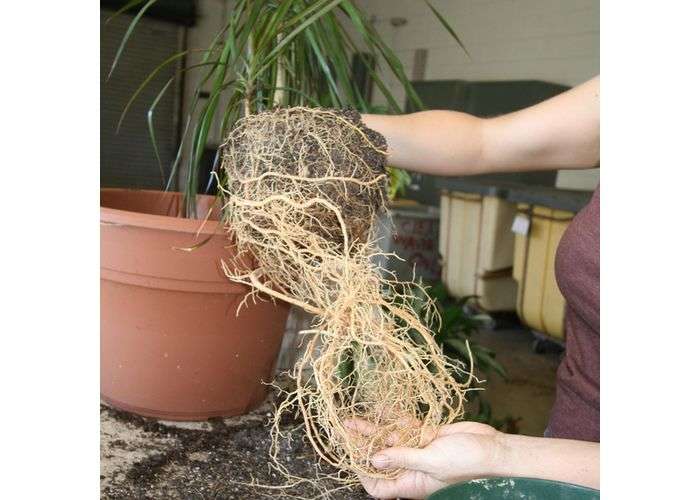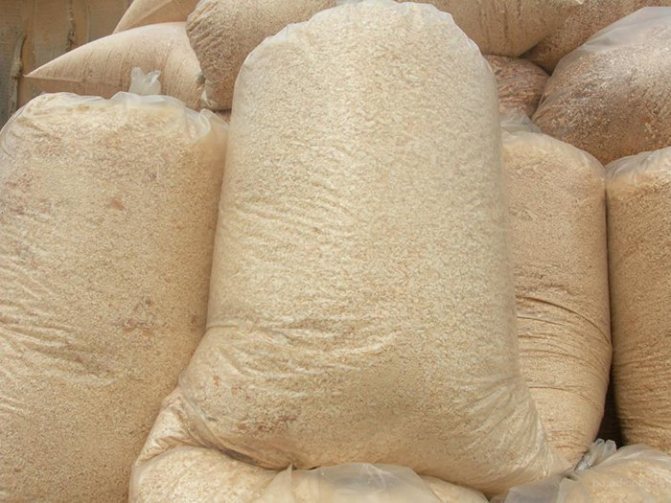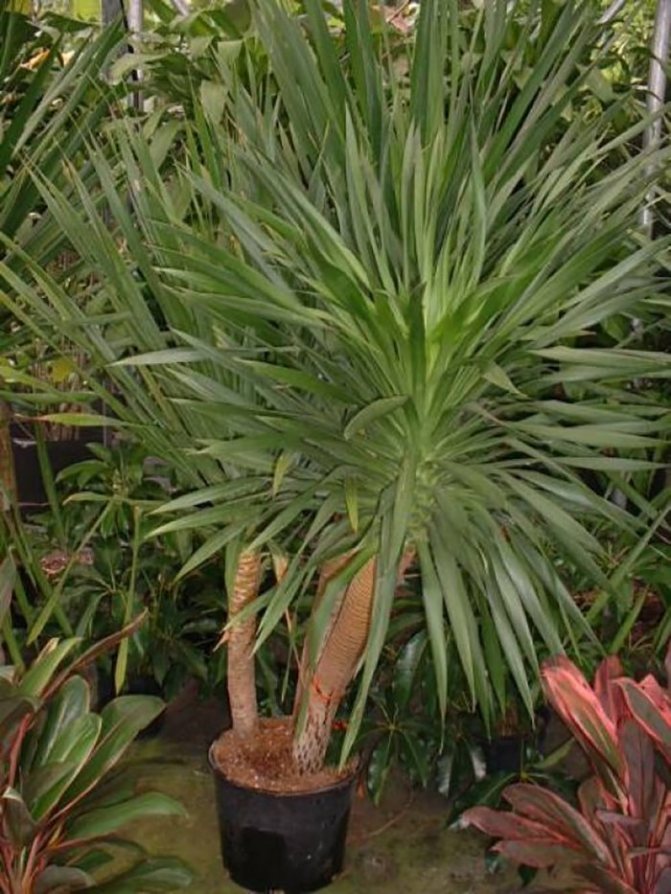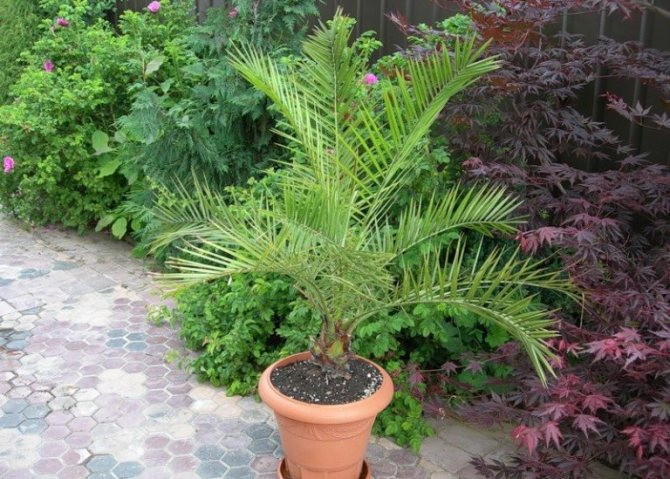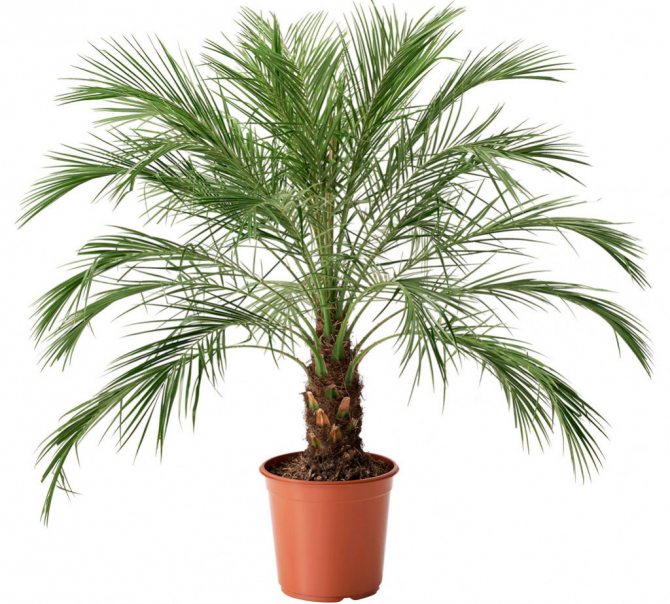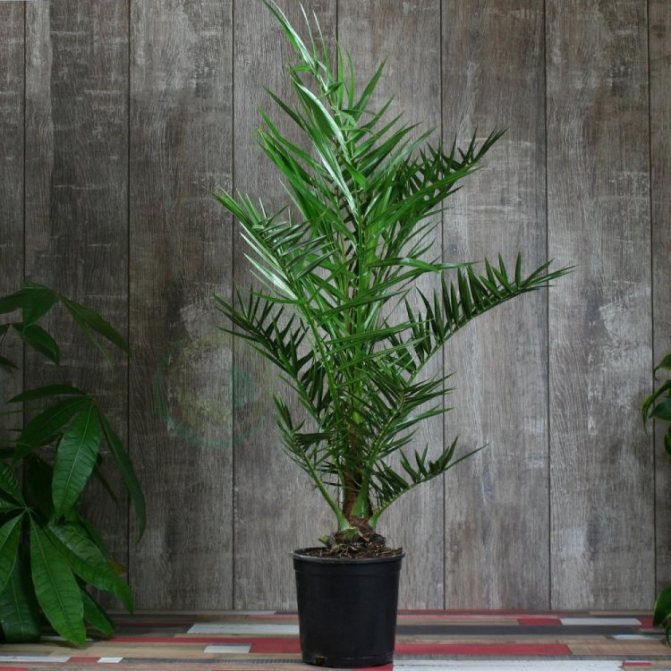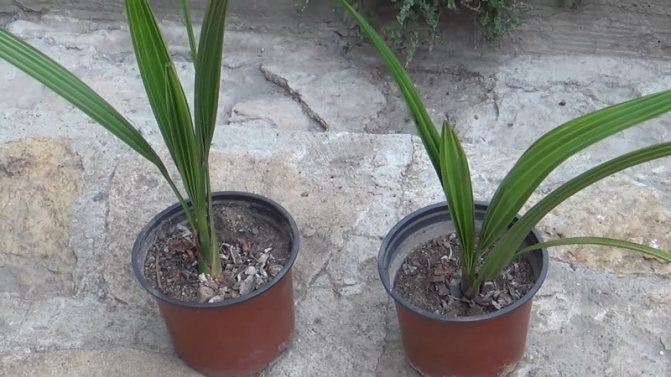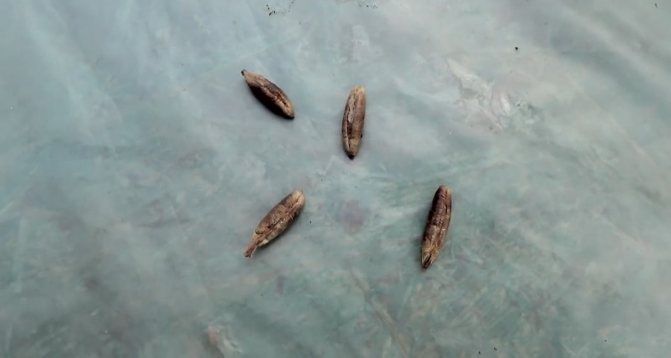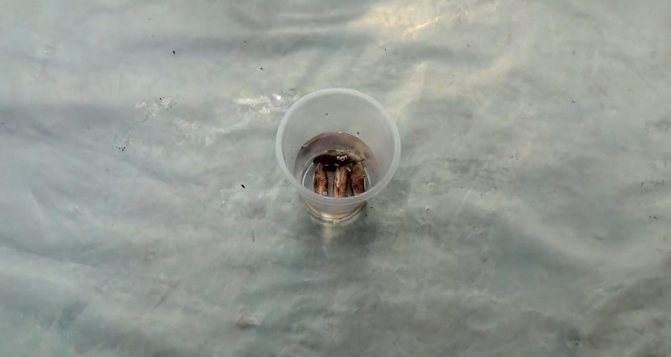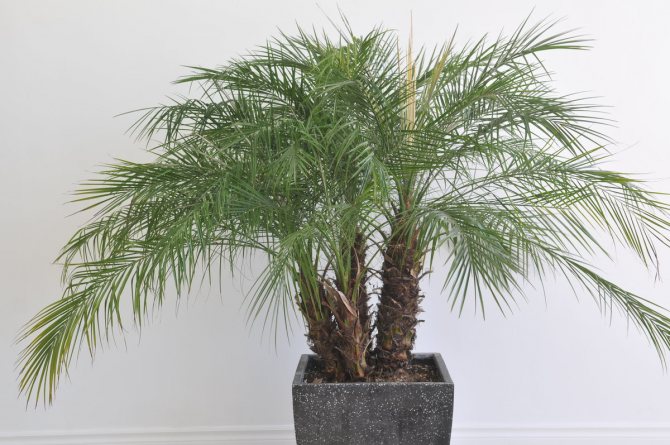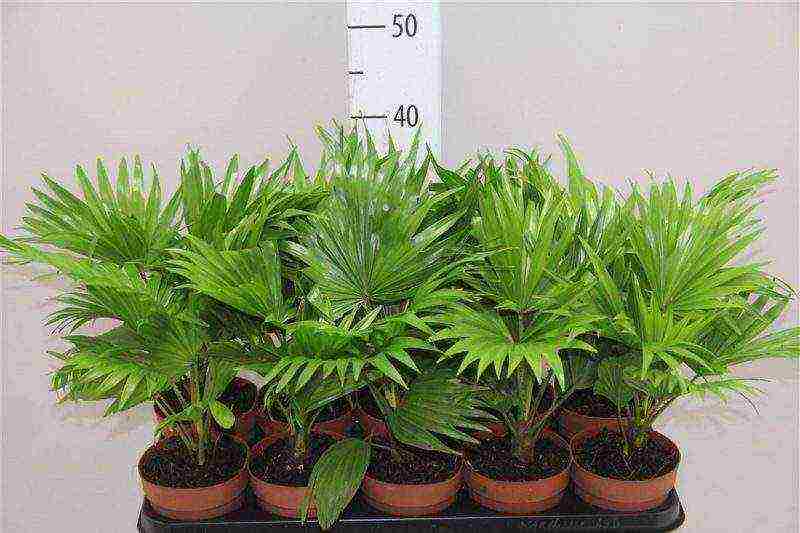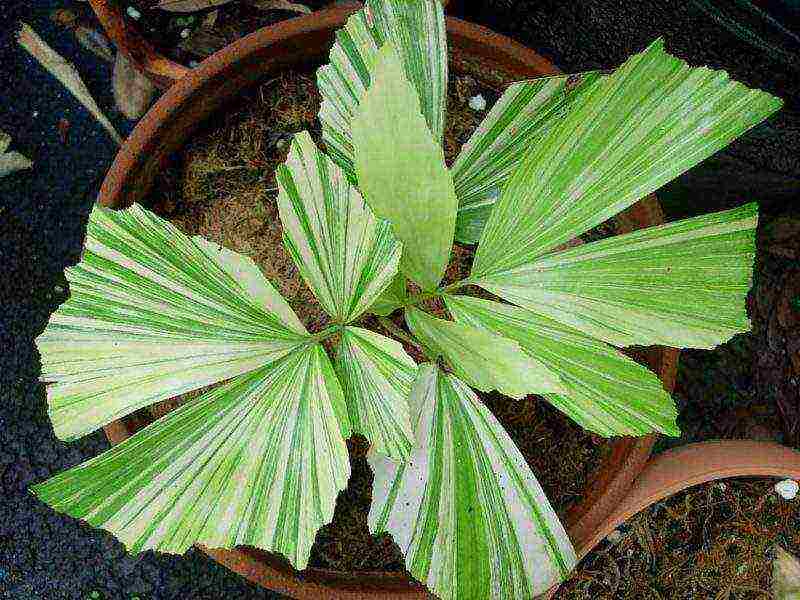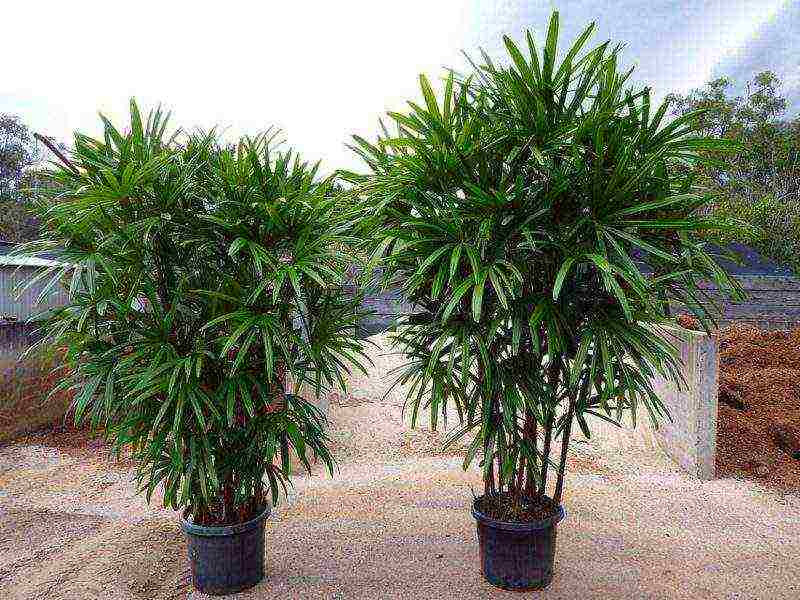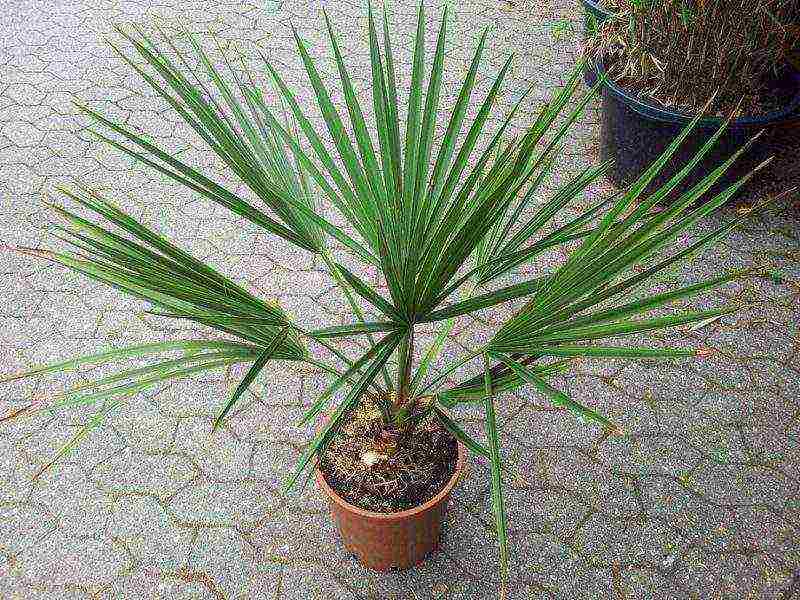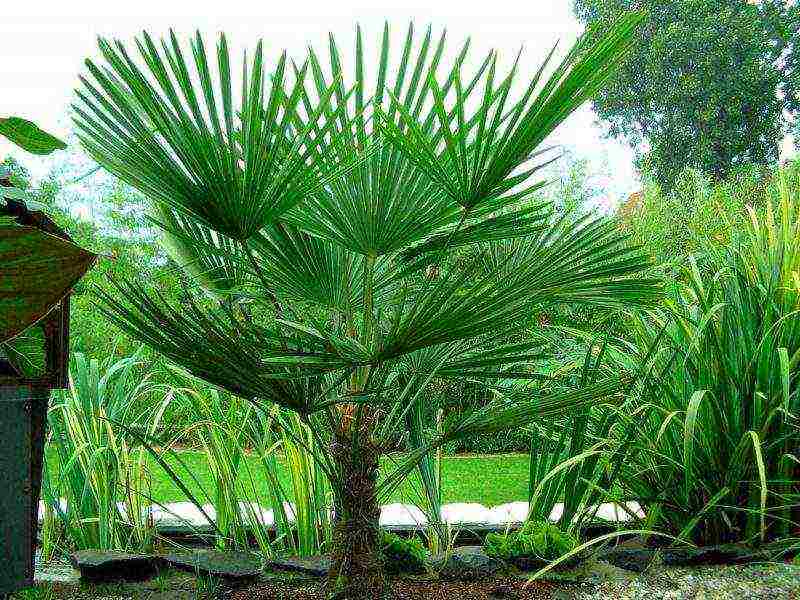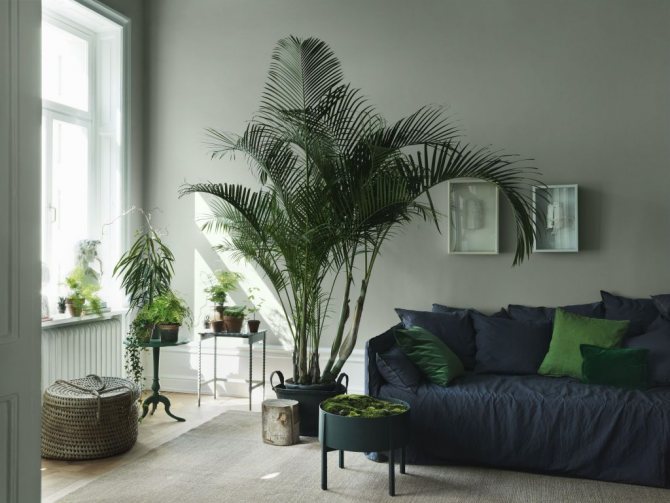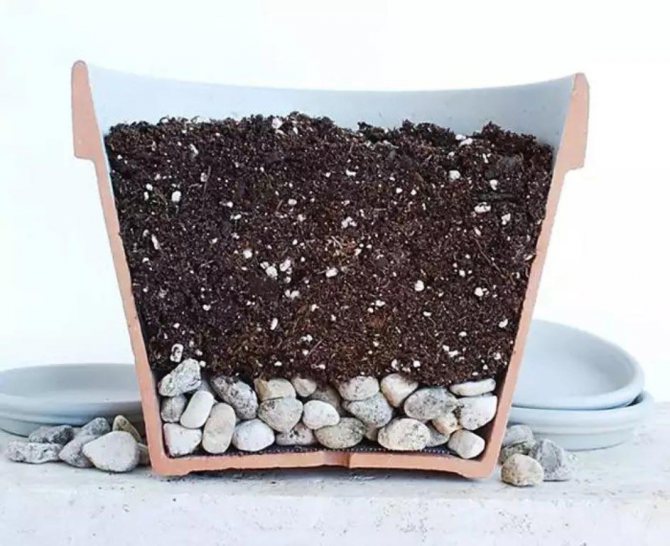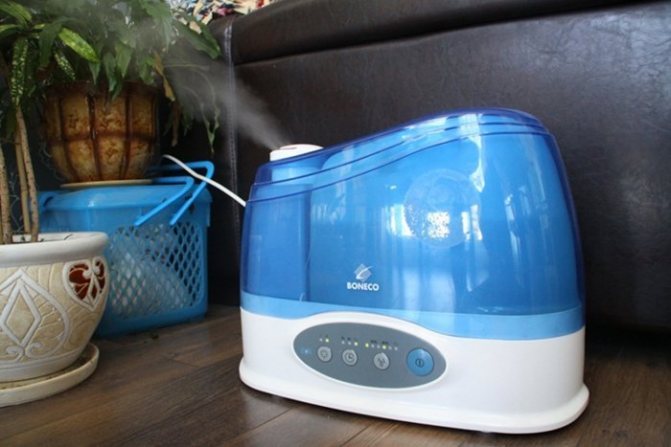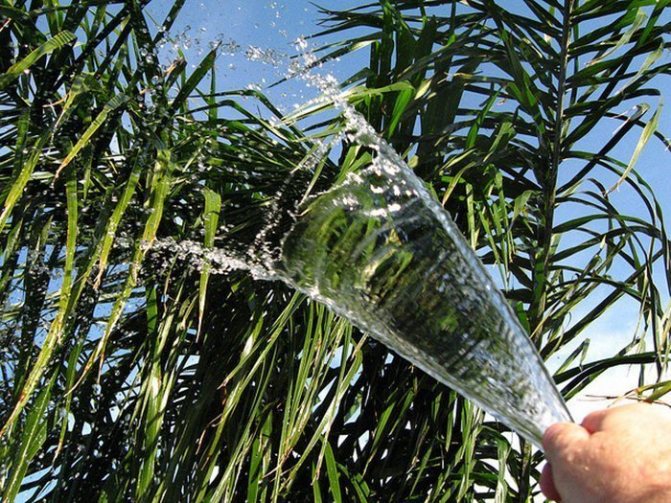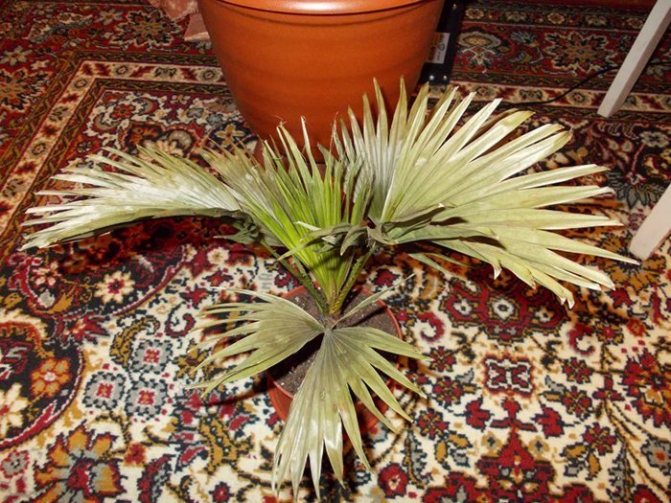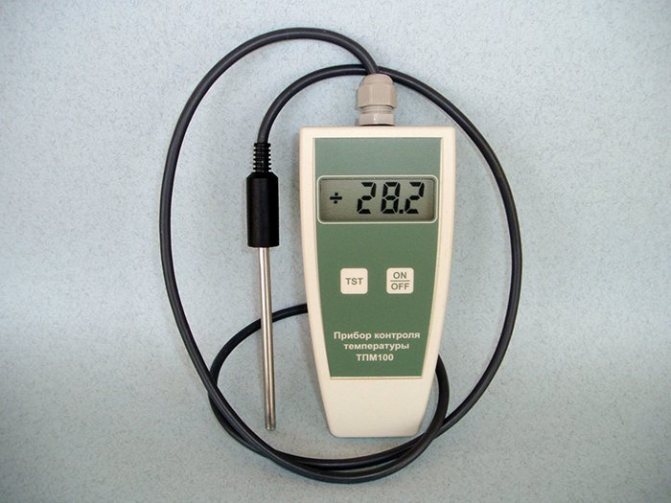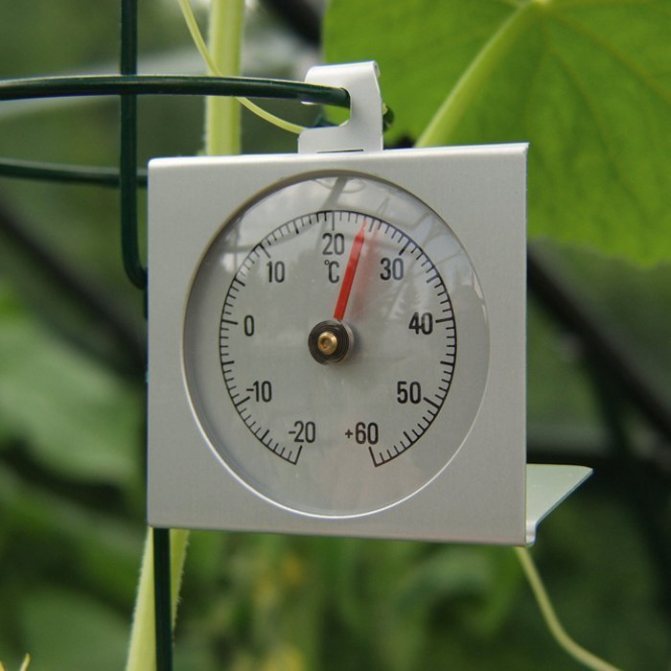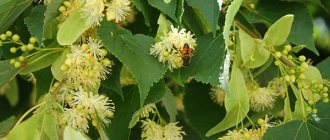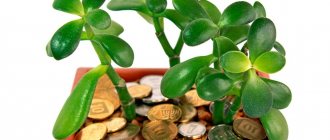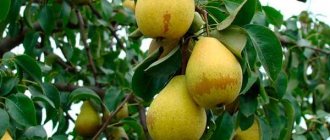How often does a palm tree need to be transplanted?
Recommended the frequency of replanting young green space - every year, but for instances under the age of 6 - once every 2-3 years... It is already becoming extremely problematic to transfer adult plantings into spacious flowerpots, therefore they replace the topsoil with a nutrient-rich substrate. In addition, replacing the soil with a new one is carried out in urgent need, when the root system began to rot or it was attacked by harmful insects.
Palms over the age of three years are quite painful to react to any damage to the roots. Given this feature of these whimsical plants, they should be moved to a larger pot using the transshipment method. It is less traumatic for the fragile underground part of the flower.
To preserve the integrity of the earthen coma it is necessary not to carry out any irrigation measures for several days. Then it will be much easier to remove the palm from the pot, since the earth will dry out. If parasitic individuals were found in the soil, then a slightly different approach will be required.
First should be treated with appropriate fungicidal agents, then remove areas of the root system affected by pests and transplant into a prepared container with a new universal substrate.
When transplanting a palm tree, it is important to use an exceptionally sharp and disinfected instrument and not cut off healthy tissue, otherwise the underground part of the phytobeauty will begin to dry out, which will lead to its death.
Preparatory work
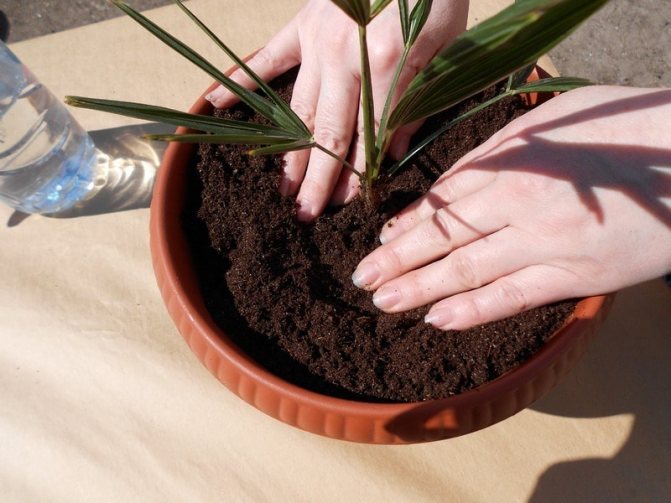
Transplanting a palm tree in begins with preparing high-quality soil and choosing a new pot.
Optimal soil composition
The main requirements for a quality substrate for planting a palm tree are looseness, air and water permeability, and the presence of nutrients.
Attention should be paid to acidity, the level of which should be in the range of 6.3-6.5 pH.
The use of exclusively purchased transplanting substrate is advisable for young seedlings that need light soil.
In other cases, it is better to use a store-bought mixture as a base, additionally adding sand, leafy, turf soil and peat to it.
However, it is best to prepare the soil mixture yourself, selecting the components according to one of the following schemes:
- 1 part of sand and humus, 2 parts of garden soil;
- 2 parts of sod and leafy soil, 1 part of peat, coarse sand and rotted manure, crushed charcoal;
- Leaf humus, clay turf, peat, sand, crushed charcoal and organic fertilizer in equal proportions;
- Low-lying peat, coarse sand, dolomite flour and mineral fertilizer in equal proportions.
Before use, the soil mixture must be disinfected in one of the following ways:
- Warming up in the oven at a temperature of about 100 degrees;
- Steaming for half an hour over a boiling water bath;
- Spilling with a weak solution of potassium permanganate.
It is possible to transplant a palm tree into a sterilized substrate only after it has completely cooled down.
Which pot to transplant?
Aesthetic appeal is not the most important point to be guided by when choosing a flowerpot for a palm tree. The container must be stable and high so that the plant does not fall from the windowsill or stand.
It is better to give preference to pots of light shades - they do not attract sunlight, thereby preventing overheating of the roots.
It is worth paying attention to the following points:
- With each subsequent transplant, the size of the pot is increased by 2-3 cm so that the root system can develop normally.
- For massive palms, flowerpots are selected, the diameter of which is 1/3 larger than the previous container.
- The presence of several drainage holes at the bottom is required.
You should not take pots "for growth", since a large amount of free space will inhibit the growth of a palm tree.
The root system will reclaim the soil to the detriment of the growth of green mass, while the risk of flooding the palm tree increases significantly.
Transplant methods and technology
Algorithm of actions for a planned transplant of a room palm:
- Carefully remove the plant, along with the earthy clod, from the pot.
- Shake it off lightly and, if sick, infected areas are identified, cut off the roots without affecting healthy tissue.
- Powder the wound surface with crushed coal.
- Lay a drainage layer of broken brick, expanded clay, pebbles, ceramic shards at the bottom of the container. Its thickness should be 3-4 cm.
- Sprinkle with fertile soil.
- Place the plant in the center of the flowerpot, if necessary, spread the roots and fill the resulting voids with new soil mixture.
- Slightly compact the soil.
- Moisten it.
- Add soil after shrinkage.
It is not recommended to deeply deepen the root collar.
Date palm pests and diseases
A date palm that spends the summer outdoors may acquire a spider mite, scale insect, or mealybug. But even if the plant is constantly kept indoors, pests still appear. Insecticides, for example, Actellik, will help to cope with them. It is only advisable to process the plant with it in the open air. As a preventive measure, a monthly warm shower with washing the leaves with soapy water is good. But the soil in the pot must be protected from it.
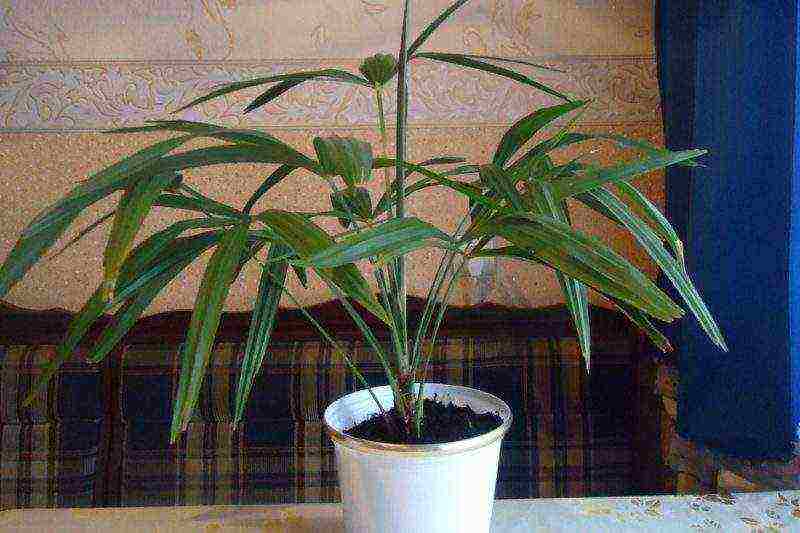

The main diseases of the palm are pink rot and mottling. Plants weakened by poor care usually get sick. Control measures - fungicides, but not containing copper: Mancozeb, Ridomil.
Features of care after the procedure
The transplanted tropical beauty must be identified in partial shade; direct sunlight should not be allowed on its leaf mass. Otherwise, there is a risk of burns on the sheet plates. In the room, it is desirable to maintain the temperature regime within + 18-23 ° C. Irrigation measures are carried out when the topsoil dries out. It is not advisable to perform spraying at the first time after transplanting. Feeding procedures are also not carried out during the first two months after replacing the container and soil.
Growing a palm tree at home with a competent approach is quite a promising occupation. The main thing is to adhere to the rules of agricultural technology and correctly transplant into a new pot. A signal about the need for such a procedure will be the roots of the flower peeking out of the drainage holes.
Maintaining optimal temperature and humidity
The palm tree, like all exotic plants, loves very warm rooms. The average daily temperature should be at least +23 degrees. It will be even better if you can maintain + 30C, but for a living space this is too much, suitable only for a specialized greenhouse or living area with separate heating. The tree does not like drafts, therefore, even at a relatively high temperature, it can die.
Sudden changes in temperature are very dangerous for the plant.Cold air indoors in winter is a great danger. If you open the window for a few minutes, the palm tree can die immediately if the cold outside air hits it. Low air humidity is especially bad for the health of an exotic species. The leaves dry out, lose their natural color, and sometimes fall off. If you cannot maintain a constant humidity of 85-90%, you will have to spray the leaves regularly, preferably 2-3 times a day. For small rooms, it is important to supply an autonomous air humidifier. Then it will be possible to leave the greenhouse for a long time without constant maintenance.
Pot selection
For a palm tree to grow well, you need to choose a suitable container. She should not only be beautiful, but also correspond to several indicators:
- Choose a container 2-3 cm larger than the previous one in diameter so that the overgrown roots fit.
- There should be holes at the bottom.
- You should not purchase a pot with a stock in size, as there is a risk of water retention and death of the flower.
- For an adult flower, a glass-shaped container is an excellent choice. The material of the pot does not affect the growth of the palm, so it can be anything.
Sowing for palm
Before planting, it is better to file the hard shell of the seed so that the sprout will come out into the light faster. Try not to damage the seed, otherwise the hopes for a young palm will not be justified.
Not very large seeds (palms don't have very small seeds) can simply be soaked for 3-4 days in warm water.
Seeds should be planted in a shallow pot (roots will not grow in length). First, as expected, drainage (pebbles, pieces of brick), on top - a mixture of turf and sand. There should be twice as much sand - gene memory whispers to palm sprouts that this is the best potting soil for plants. Therefore, do not regret it and, when finishing preparing the soil, pour sand into the pots with a layer of 4‒5 cm, in which you plant your amazing seeds at a distance of about 3 cm from each other. Now pour the sand with water at room temperature and wait for the result. It will appear in about a month. Something will appear from the ground, completely unlike a palm tree. But you should not be upset - the plant will "try on" the image of a palm tree when it has the seventh leaf. But already with the first leaf, the plant needs to be transplanted into a separate small pot. In this case, the soil must be made fatter than the previous one by adding peat and humus.
Some species do not reproduce by seeds, but by "offspring" - this is even easier.
Description
Since the beginning of the 19th century, palm trees have been grown in greenhouses and used at home as ornamental plants. Most date palms are native to Africa and Asia. Already in the IV century BC, the first data on these exotic plants for Russian latitudes appeared.
The date palm, or Phoenix, is a plant of the Palmae family, or Arecaceae. In Russian indoor floriculture, 17 species of date palms are known. All species of this family have common features: the maximum height is up to two meters, they may have more than one trunk, long leaves with narrow feathers, pointed at the top.
Possible growing problems
The palm tree is very sensitive to compliance with all care rules. When deviating from them, the leaves are the first to suffer.
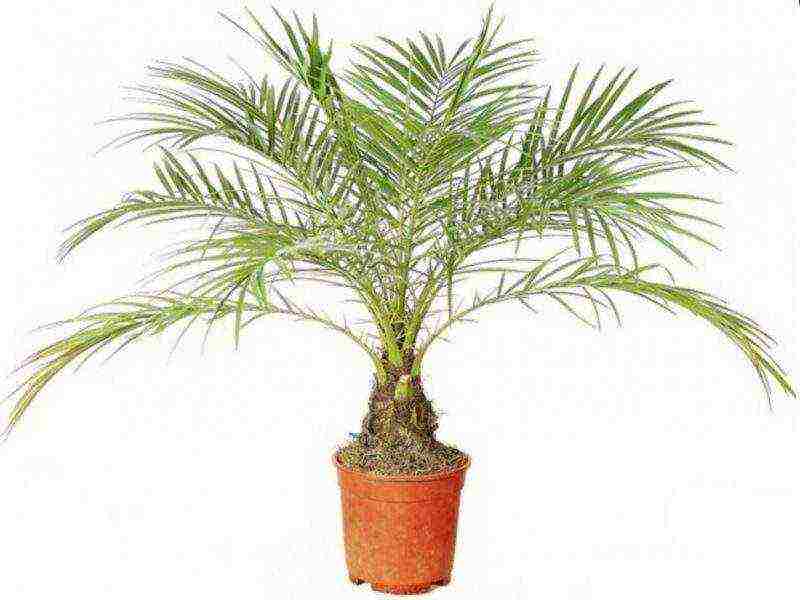

- The tips of the leaves dry out - the air is too dry, you need to spray the plants more often.
- Leaves turn yellow - lack of moisture, you need to water more often.
- Leaves darken - waterlogging, reduce the amount of watering.
- The date palm stops growing - it's too cold indoors. At temperatures below 16 degrees, the roots function poorly, practically not absorbing nutrients. Another reason may be the high acidity of the soil. It acidifies when watered with hard water. Such a plant will have to be transplanted.
In general, caring for an indoor giant is not so difficult. Palms are very responsive to care and will delight the grower with good growth and a healthy look.
Palm is an exotic house plant
Dreaming of a corner of the tropics on your windowsill? Exotic? Then, get an indoor palm tree. And the World without Harm will tell you how to care for such an exotic houseplant ...
Room palm care
The plant does not like it when its feet (roots) are "freezing", so even if the indoor palm is so small that it fits in an ordinary flower pot, it is not recommended to put it on a windowsill or on a cold floor in winter - it will catch a cold and wither. An individual stand for each palm is the optimal solution. However, almost all indoor plants are individualists.
As for "drinking," indoor palms are moderation. Follow the rule: it is better to underfill than overflow - and the palm will be grateful to you. In winter, the palm tree is watered very rarely (once a month), it is better to arrange a "shower" (spraying) for it, and it will take the necessary moisture through the leaves.
Spraying indoor palms adore at any time of the year - both summer and winter. Dry air for indoor palms is destructive, they instantly lose their attractiveness. It is unbearable to look at the drooping palm leaves. To avoid this, it is better to play it safe and put a container of water next to the tree. A decorative container will act in tandem with a palm tree and make your interior even more beautiful.

